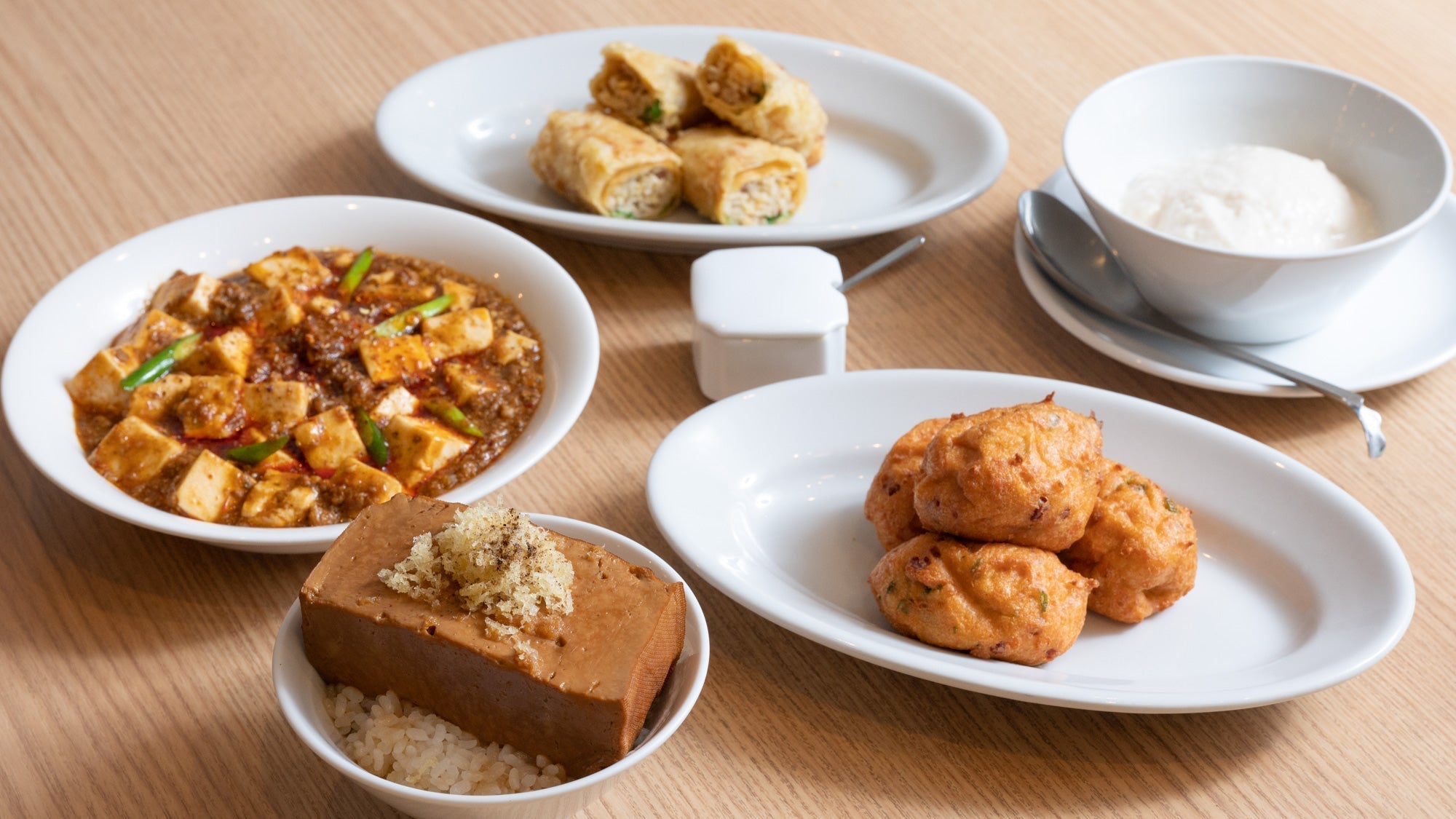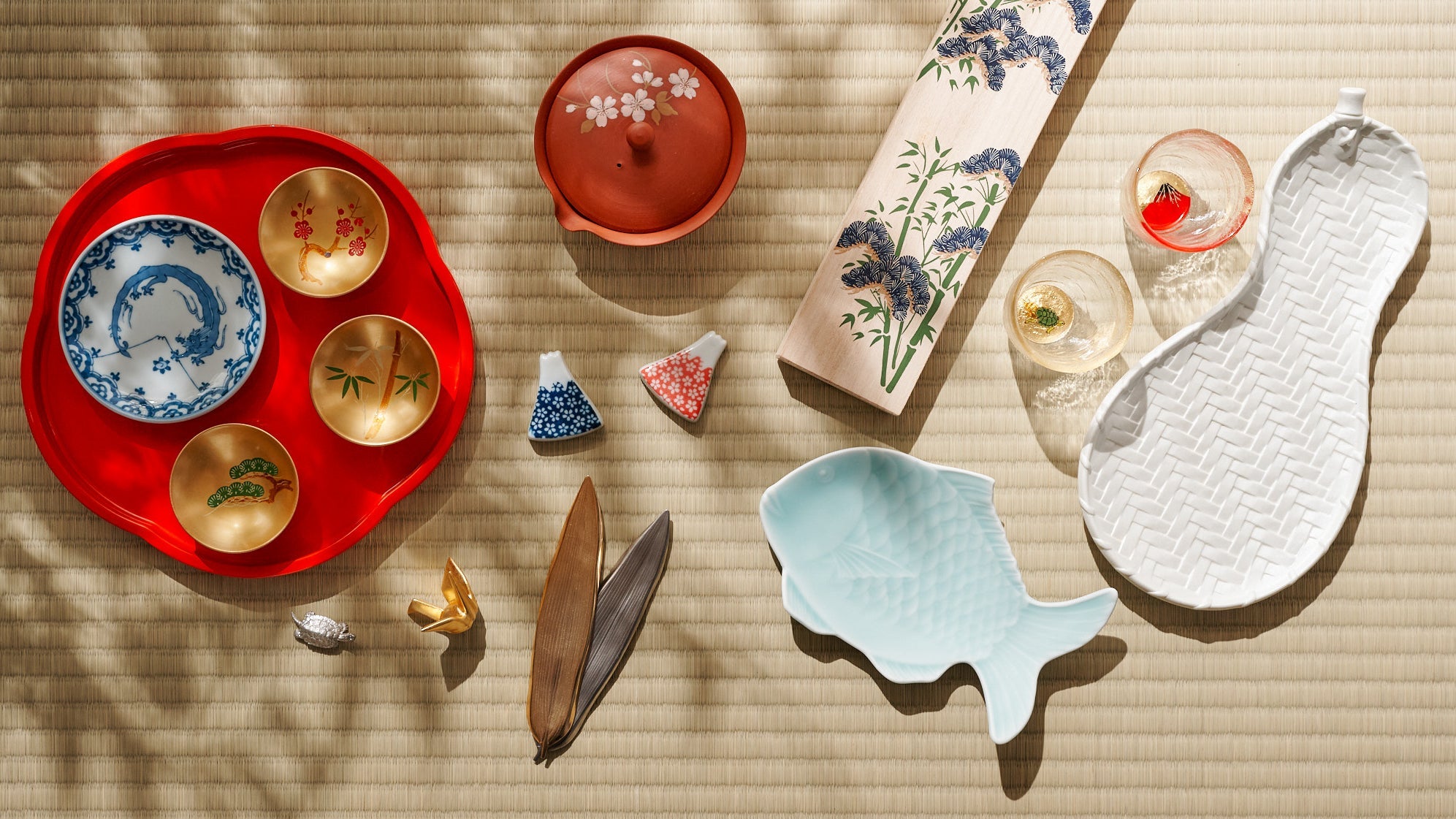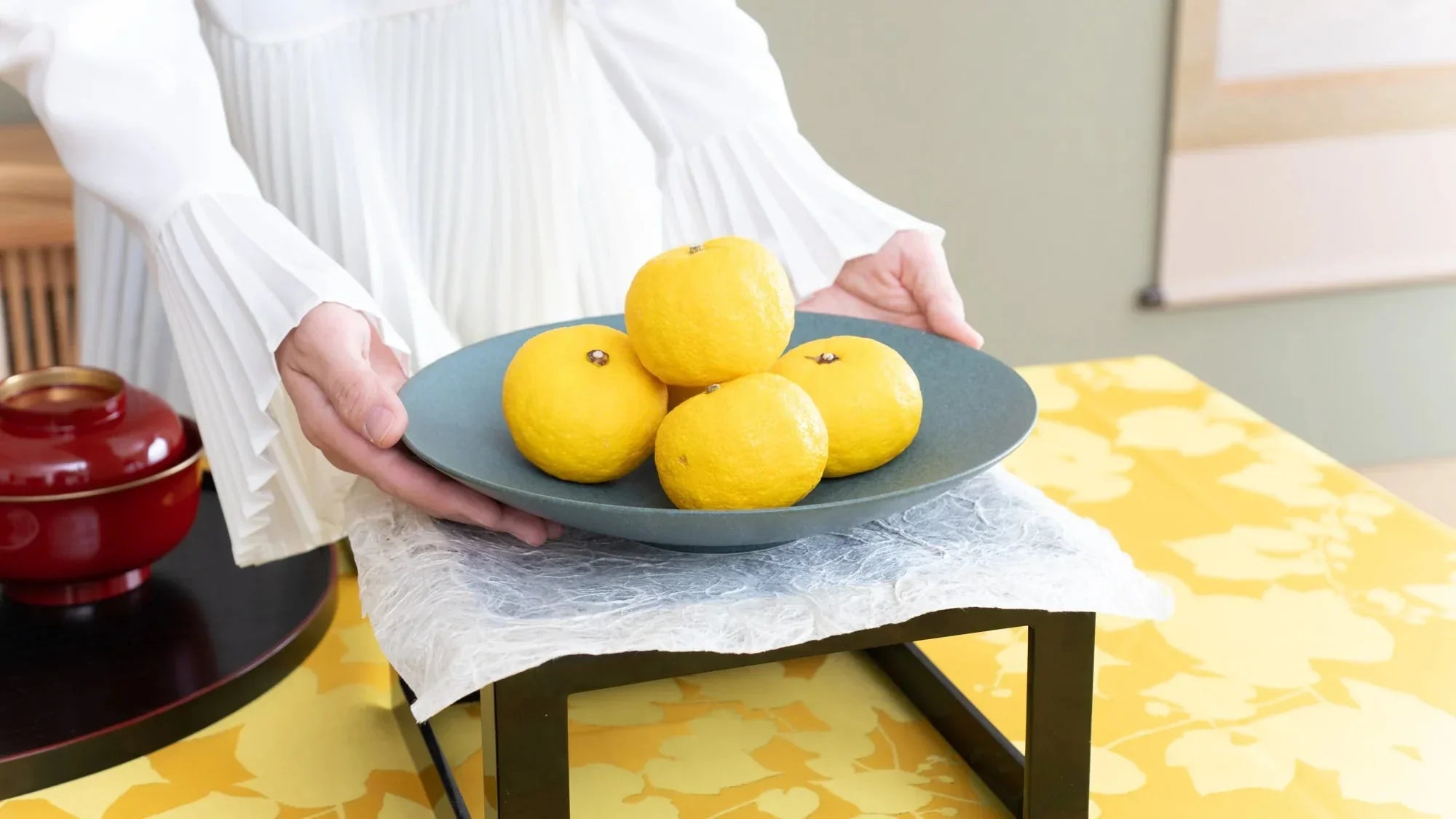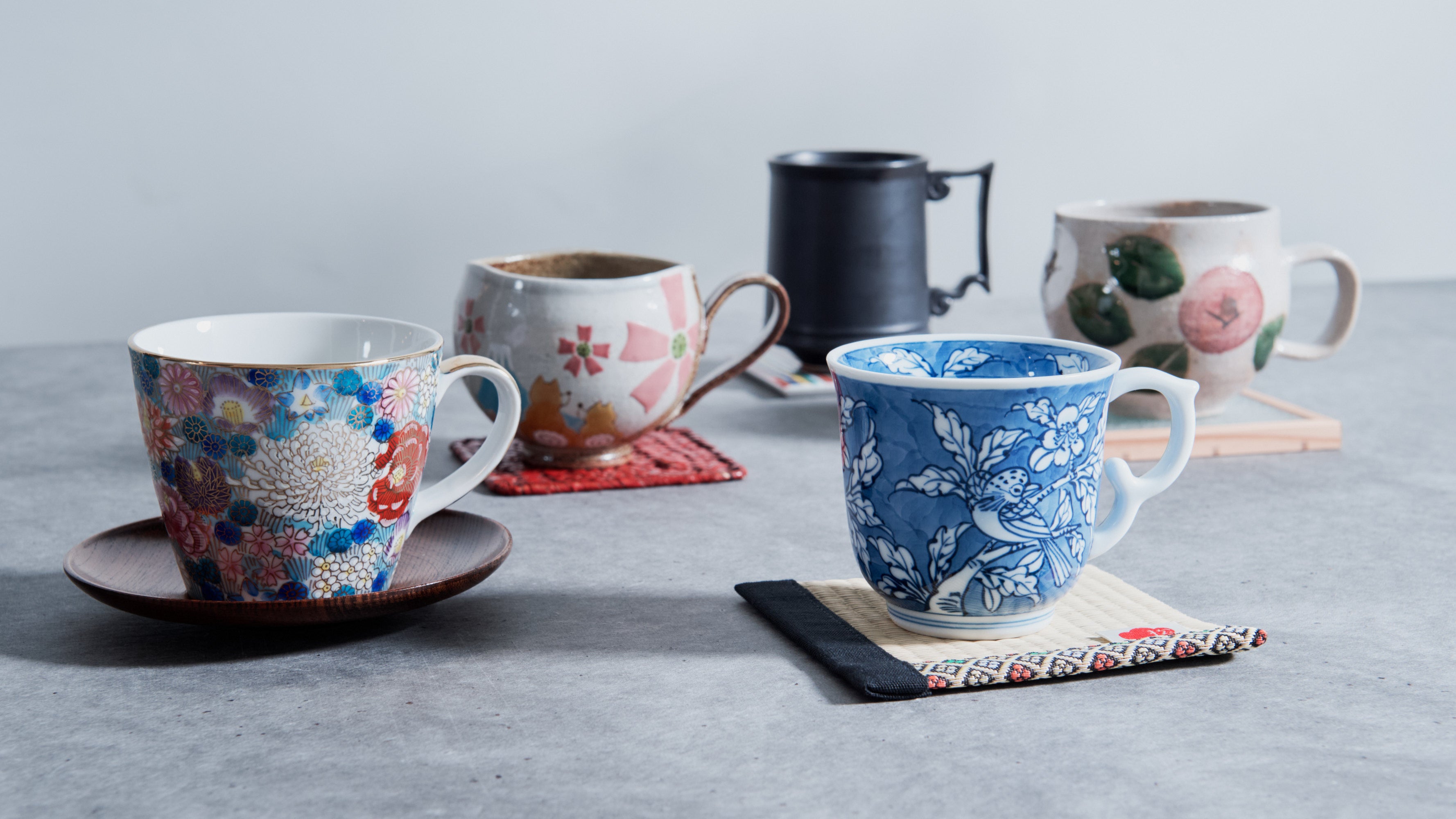
Visiting “TOFU SHOKUDO”: Secrets of Tofu Making and Its Appeal as an Ingredient
Written by Ito Ryo
Tofu, made from soybeans, has been a quintessential ingredient in washoku, Japanese cuisine, for over 800 years. Its signature creamy texture and gentle flavor make it a versatile addition to a wide range of dishes, whether cooked or seasoned. It’s often enjoyed as is with minimal seasoning, allowing its natural essence to shine through. In Japan, of the one million tons of edible soybeans used annually, roughly half are used for tofu production. It has truly become an indispensable food item on dining tables throughout the country.
Tofu, a cornerstone of traditional cuisine in East Asia, including Japan, China, and Korea, has become a worldwide favorite as a plant-based protein option, riding the wave of health consciousness and vegetarianism.
Yet, many people might not be familiar with how tofu is actually made. In this article, we'll take you on a journey to a tofu cuisine restaurant in Tokyo. Explore the intricate art of crafting tofu and discover various delightful cooking techniques to fully enjoy its flavors.
Table of Contents
How Tofu Is Made in Japan

At 9:00 in the morning, the tofu makers were already bustling inside the factory. We first met Kanemoto, the factory manager overseeing production. He kindly walked us through their tofu-making process step by step.

Step 1: Washing and Soaking

To ensure the soybeans are finely and evenly mashed, they're soaked overnight in water for at least 14 hours starting from the evening before. According to Kanemoto, they adjust the water temperature higher in winter and lower in summer to ensure the beans absorb plenty of water within the set time.
The soybeans used at TOFU SHOKUDO are a blend of two domestically grown varieties. The first is Fukuyutaka from Saga Prefecture, which is said to be the best and most popular variety for making tofu among domestic soybeans. The second is Miyagishiro-me from Miyagi Prefecture, known for its rich protein and sugar content, and it is also widely used.
Step 2. Grinding

Once the soybeans have fully absorbed water and expanded to roughly twice their original size, they are ground using a stone mill (grinder), with water continuously added. It's crucial not to grind the beans too finely, as this can result in a crumbly texture and loss of flavor.
Step 3. Cooking

The ground soybeans are boiled in a pot. This step not only helps extract the components that will become tofu, but also denatures the proteins, aiding in the curdling process. Additionally, it brings out the distinctive sweet and fragrant flavor inherent in soybeans.
Step 4. Squeezing the Soy Milk

The soy milk is reheated and then quickly cooled for pasteurization, and allowed to rest for about a day.

"Would you like a taste?" Kanemoto asked, gently warming up fresh soy milk for us to sample.
With just one sip, the gentle sweetness of the soybeans caresses the palate, while the rich aroma lingers subtly.
Every member of Team Musubi couldn't resist exclaiming, "It's delicious!" It's a taste that easily explains why customers make a special trip just for this soy milk.
Step 5. Coagulation
There are various types of coagulants, and for mass-production, chemically synthesized coagulants are often used. However, the most traditional method involves using nigari, a liquid extracted during the purification of natural salt from seawater, which is primarily composed of magnesium chloride.
Additionally, nigari is believed to offer health benefits derived from its mineral content.
"We mix two types of natural nigari. Using natural ingredients allows us to create tofu with consistent quality and safety," Kanemoto shared.


Each step in the tofu-making process is seamlessly interconnected, leaving no margin for error. And special caution and precision are crucial during this particular step.
"Even the slightest variation in the intensity of stirring the kai can impact the final texture of the tofu," explained Kanemoto. The coagulation process is one that only a seasoned tofu maker like Kanemoto, with over 30 years of experience, can truly master.

Step 6. Shaping



Despite its unassuming appearance, it's truly astonishing to consider the amount of effort and advanced craftsmanship that goes into producing a single block of tofu.
Tofu Temptations: Exploring

Thinly sliced tofu fried in oil, known as aburaage, mashed tofu mixed with chopped ingredients, shaped into balls, and fried to make ganmodoki, and yuba, made by skimming the thin “skin” when simmering soy milk, are among the standout examples.
At TOFU SHOKUDO, these products are made inhouse, crafting them into various culinary delights for customers to savor. On this occasion, we had the chance to sample five different menus.

While it's delicious on its own even without seasoning, a dash of natural salt or a splash of fresh extra virgin olive oil adds another layer of flavor to enjoy.

Inside, you'll discover a wonderful combination of Chinese sausage and red pickled ginger. This was a delightful dish reminiscent of Osaka's soul food, takoyaki.

The tofu used here is the resilient momen tofu, prepared by breaking apart coagulated soy milk and squeezing out excess moisture. This process ensures that every bit of flavor seeps into the tofu. With its natural sweetness, the tofu mellows out the dish's saltiness, making it a satisfying bite. The spices' perfect balance of heat only amplified my craving, and I found myself polishing off the plate in no time.

The fragrant sesame oil, combined with the crispiness of the fried yuba and the chewiness of the bamboo shoots and shiitake mushrooms, created a splendid mix of textures.

Despite its bold, dark appearance, the taste experience was remarkably subtle and refined, perfectly complementing the gentle sweetness of the Koshihikari rice. The crispy tenkasu “tempura flakes” toppings scattered over the tofu, along with a sprinkle of ground sansho pepper, added just the right touch of crunch and zest.

Each item exudes its own unique charm, making it difficult to pick a favorite. Moreover, thanks to the shared ingredient of soybeans, I found that the dishes complemented each other exceptionally well. It was satisfying to enjoy such tasty and healthy options.
My experience at TOFU SHOKUDO underscored the versatility and boundless potential of tofu and soybeans in cooking.

Tofu is incredibly versatile, lending itself to countless culinary creations. Its understated flavor complements and enhances other ingredients, seamlessly integrating into a wide array of dishes. And its health benefits make it a perfect fit for today's health-conscious consumers.
With its rich history, tofu continues to evolve, maintaining its inherent charm while adapting to modern tastes and preferences. It's poised to bring even more joy to people around the world in the years to come.
TOFU SHOKUDO
1-3-1 Ebisu-Nishi, Shibuya, Tokyo








Leave a comment
This site is protected by hCaptcha and the hCaptcha Privacy Policy and Terms of Service apply.